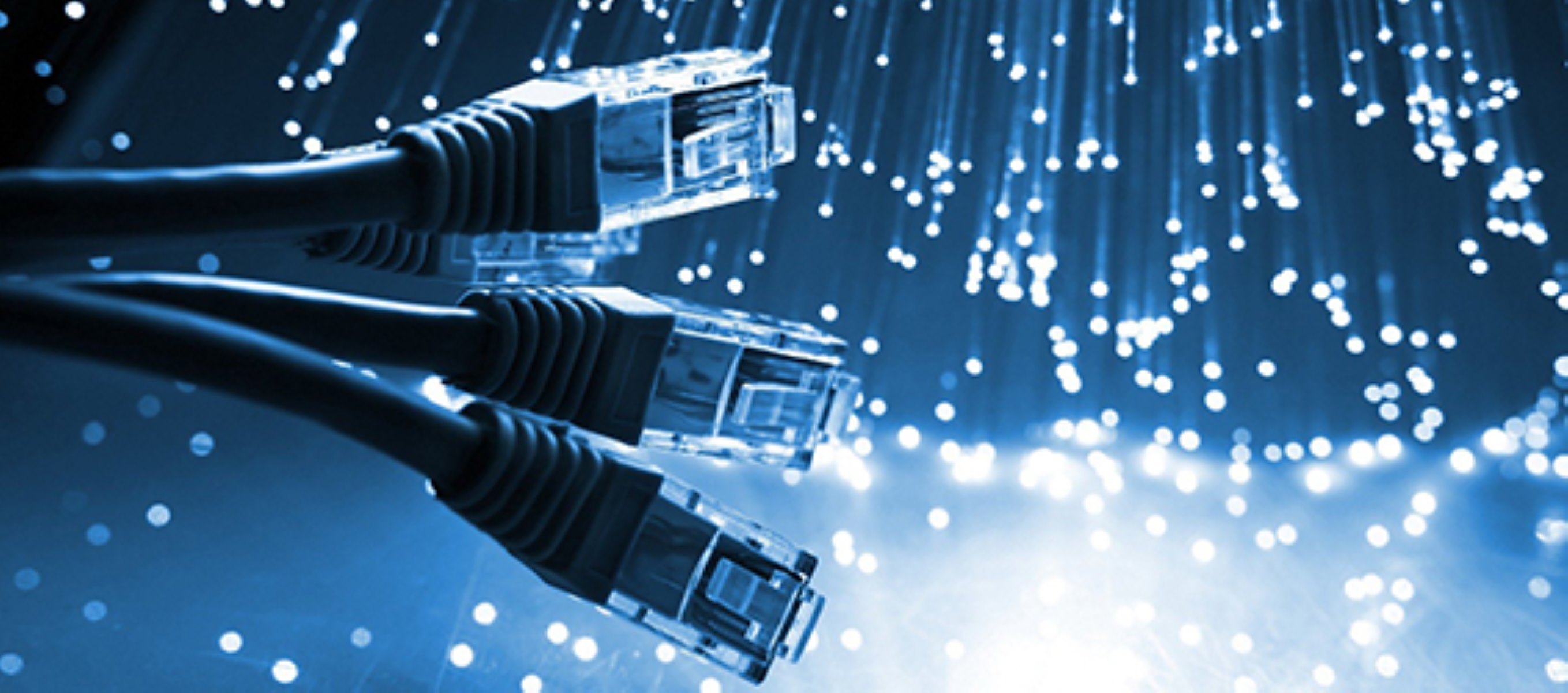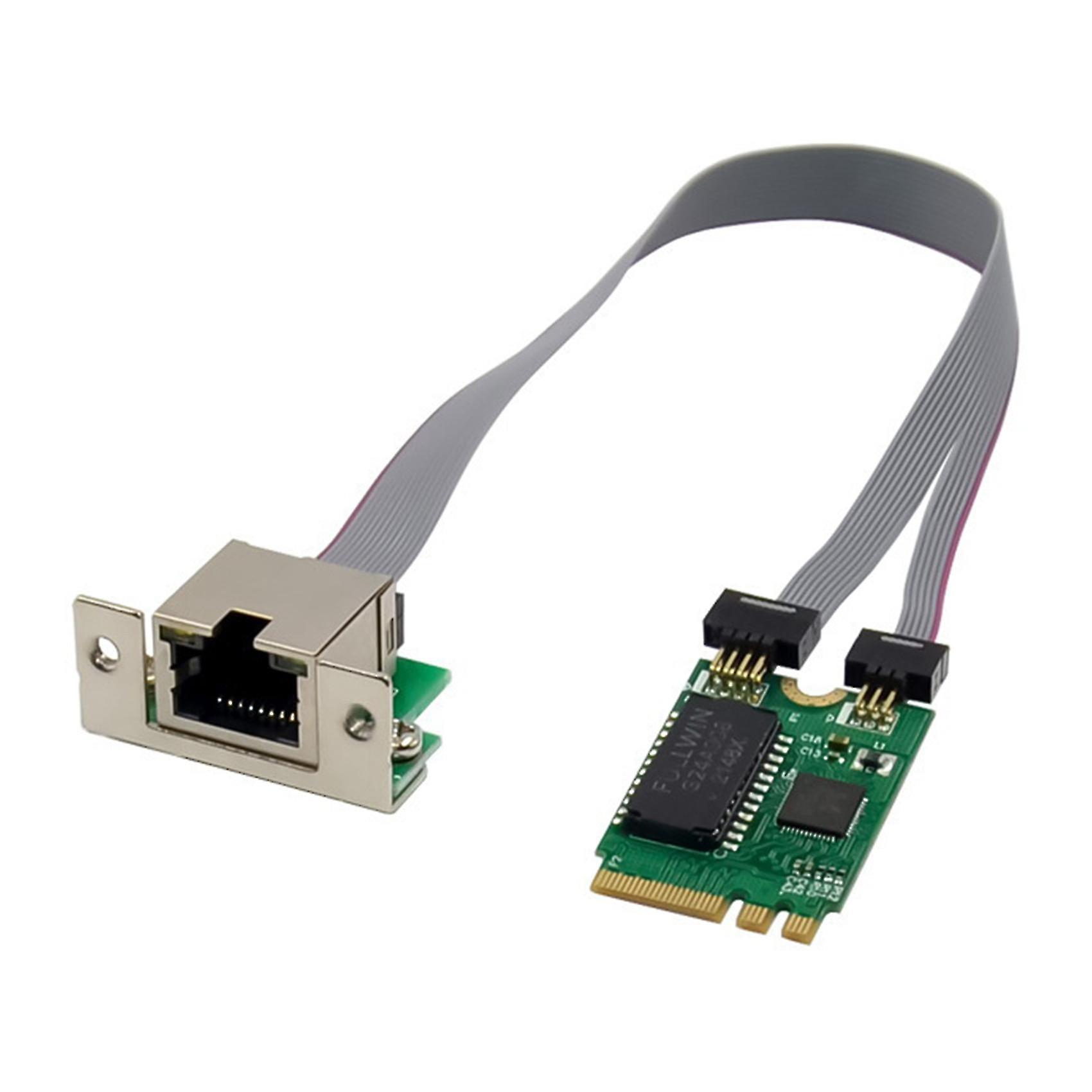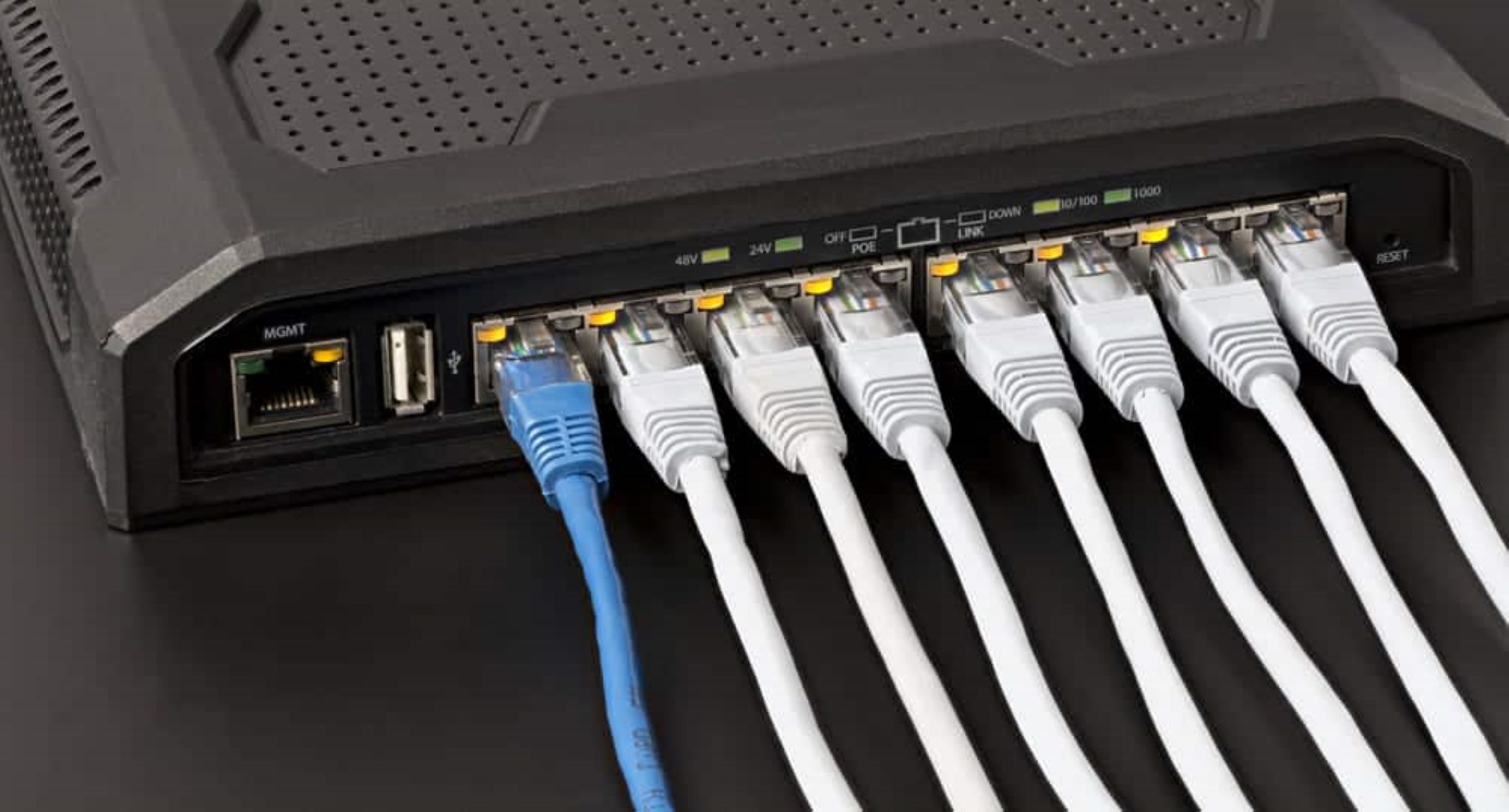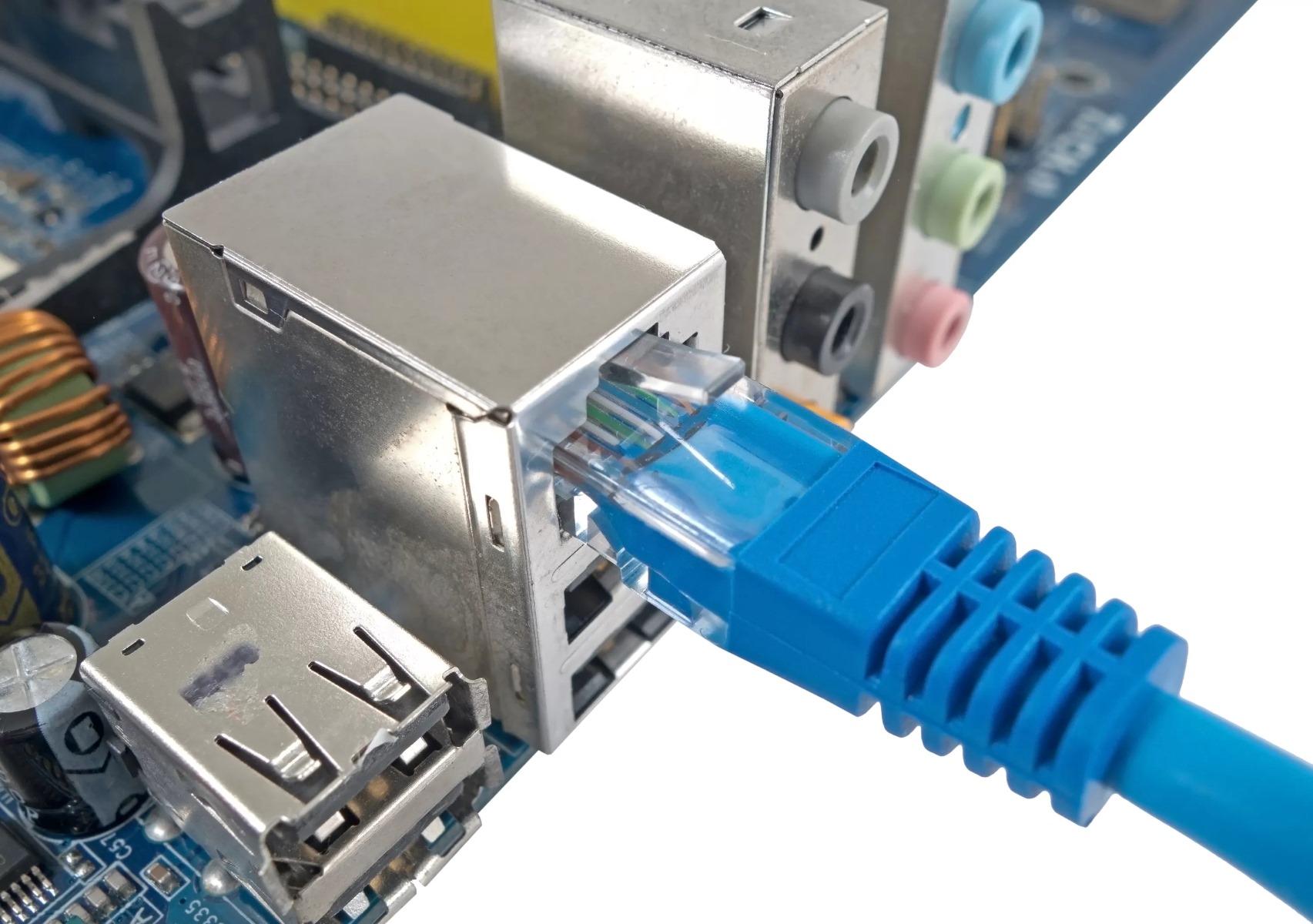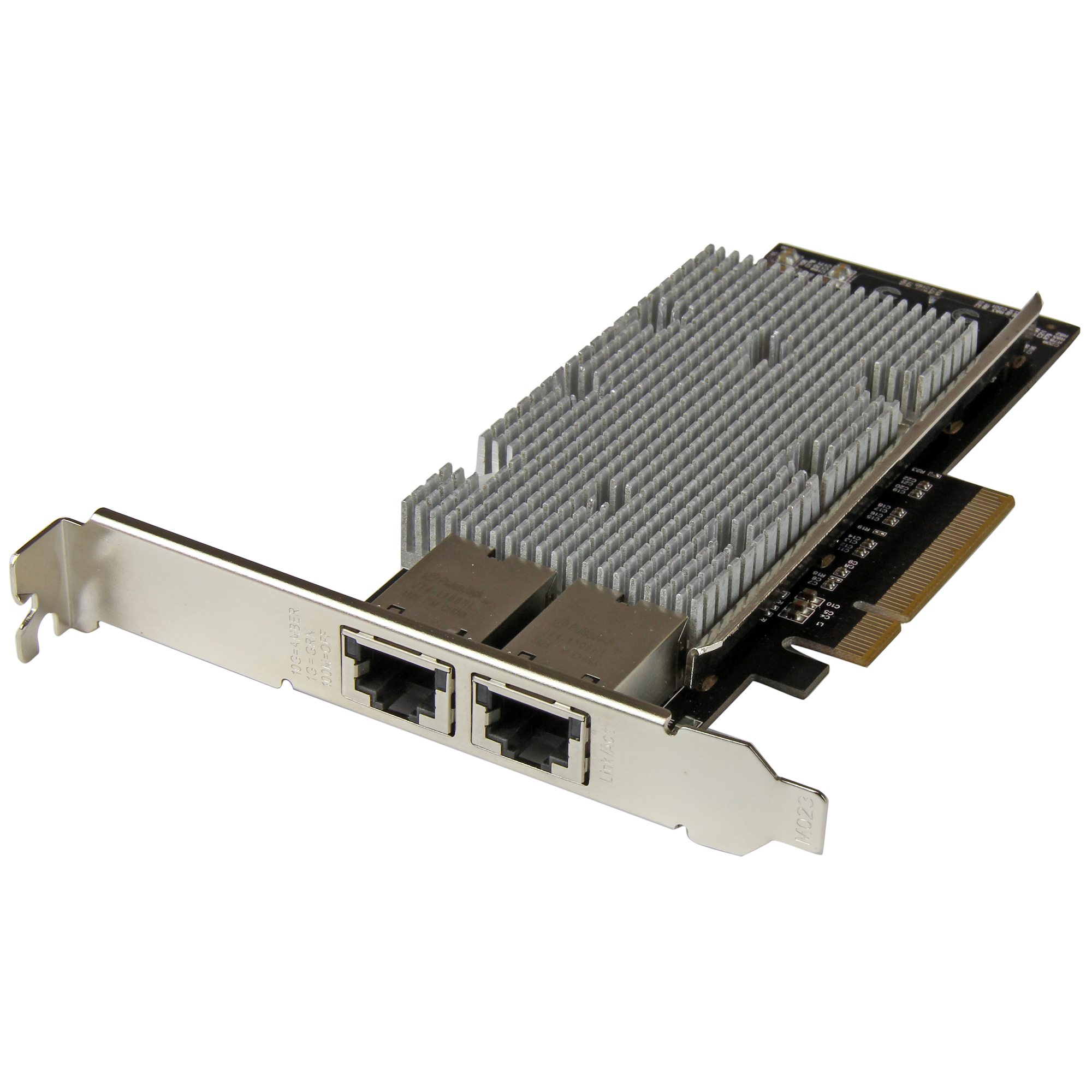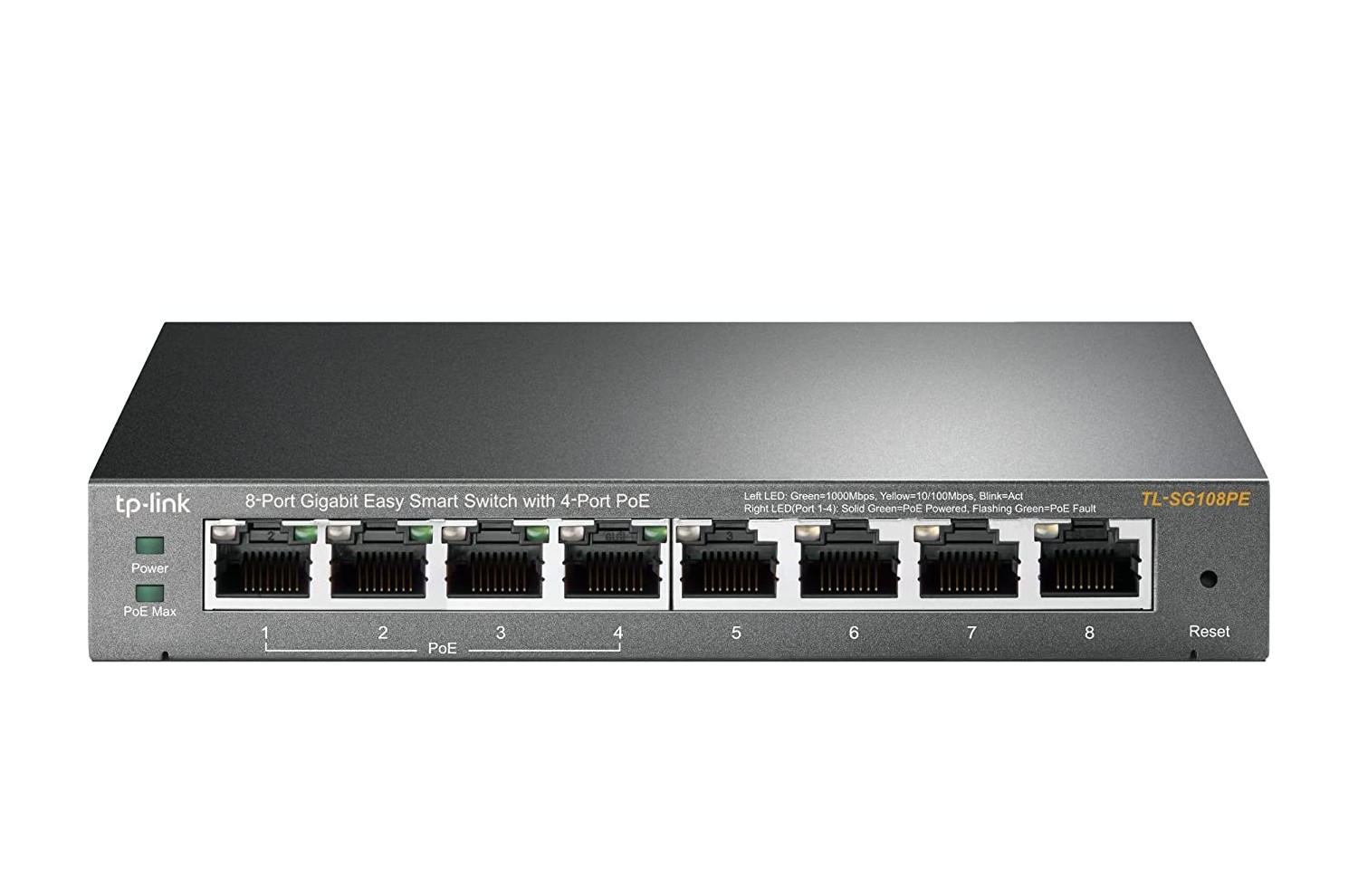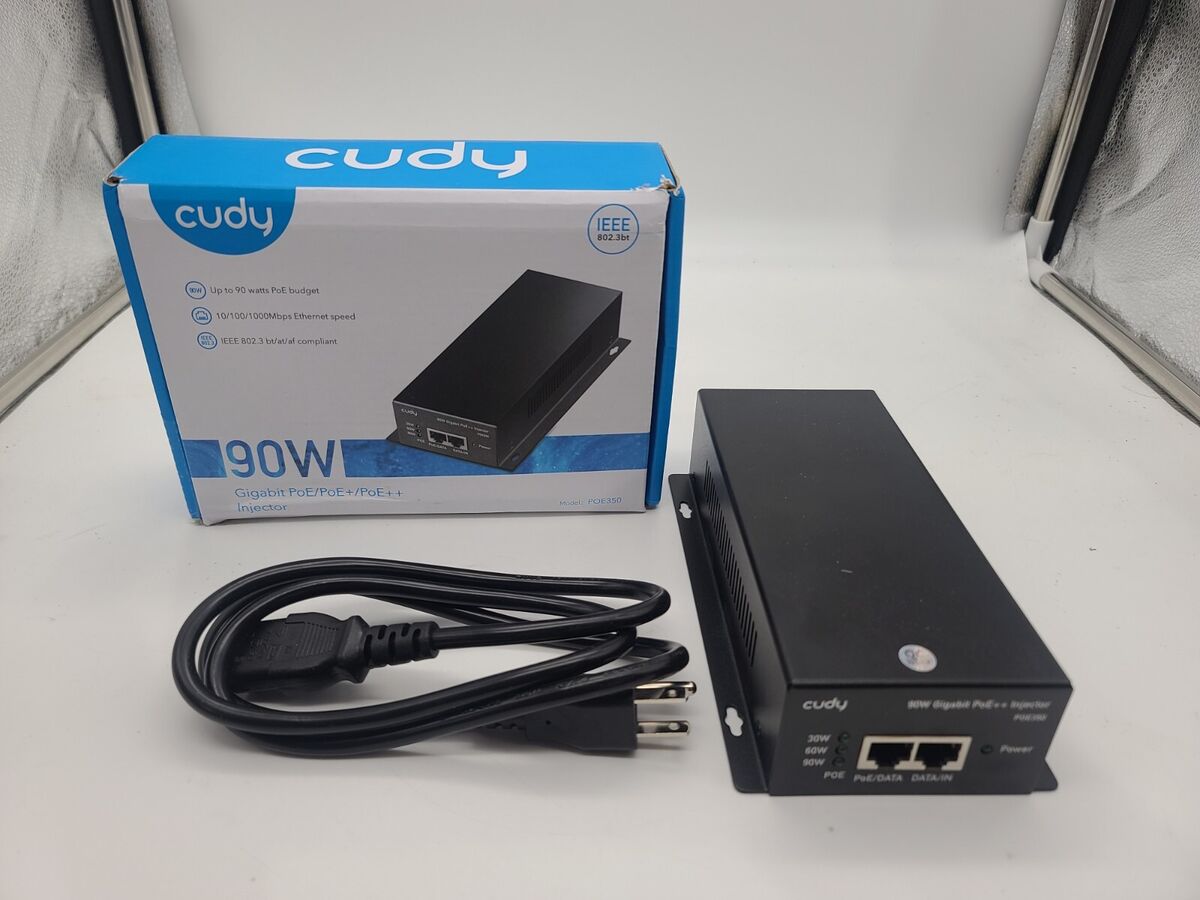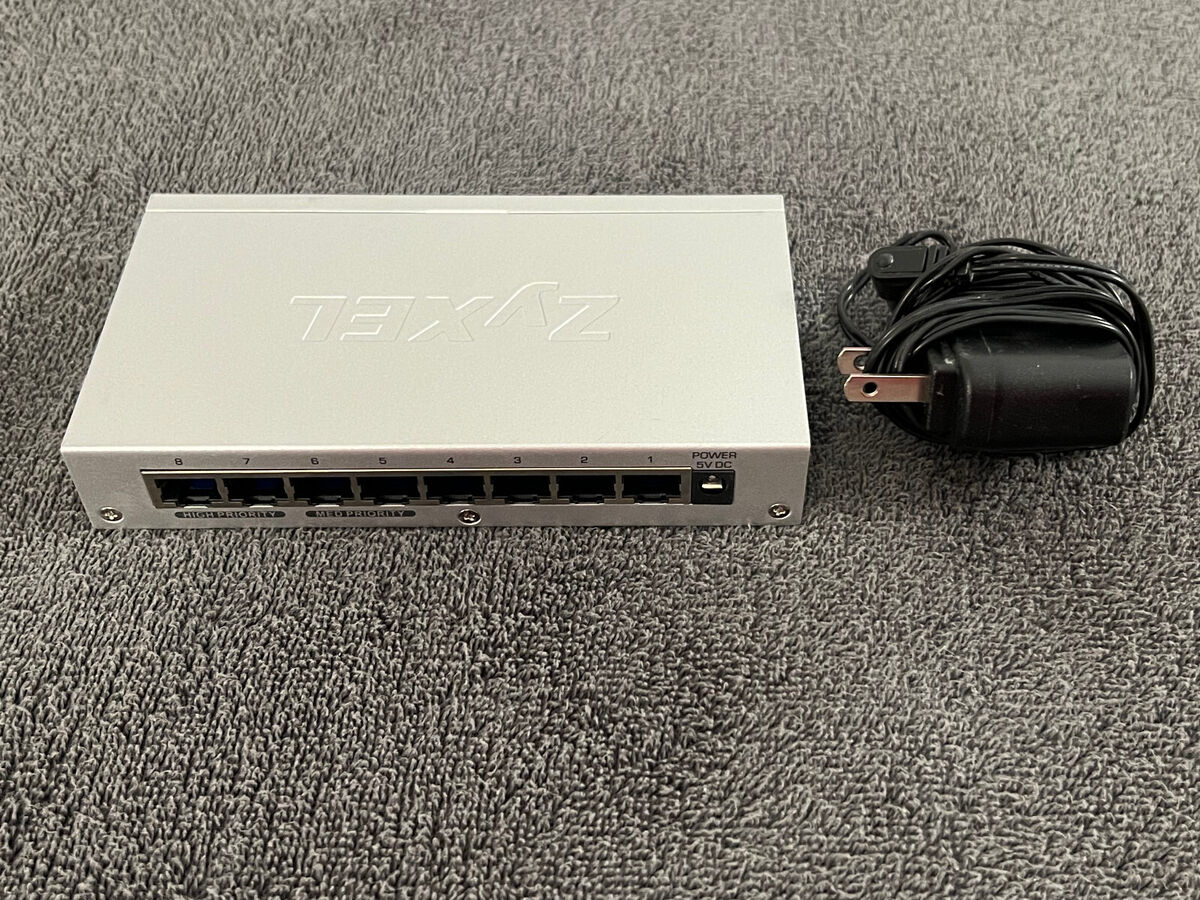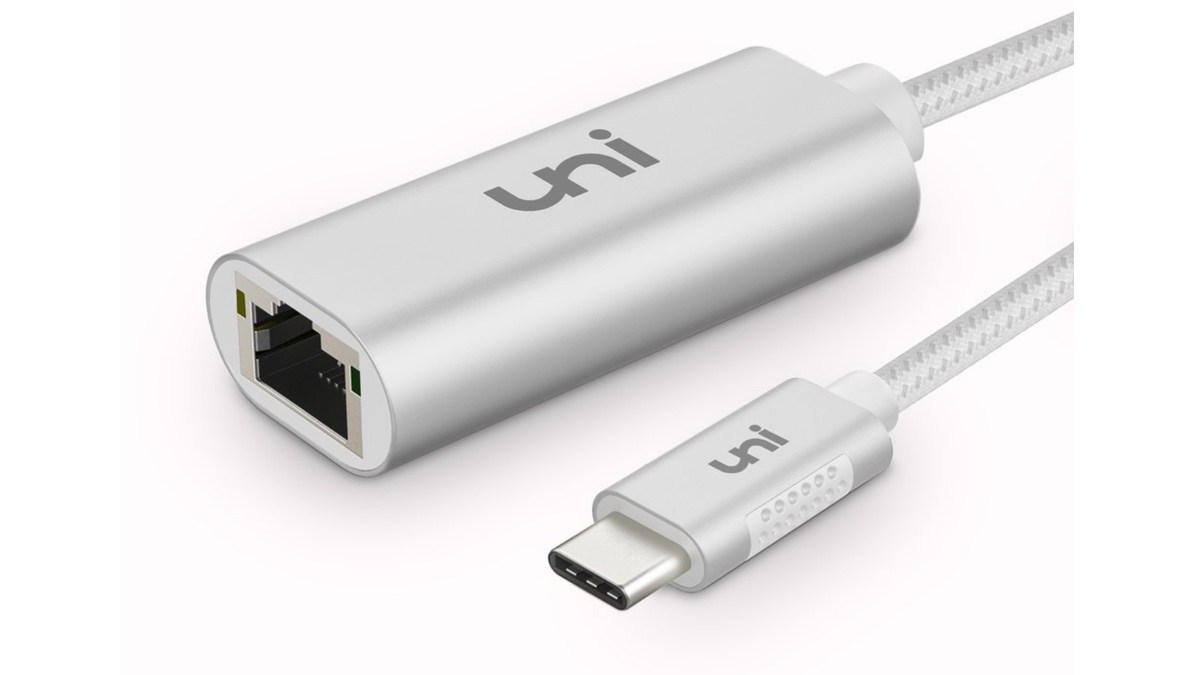Introduction
Gigabit Ethernet is a technology that has revolutionized the way we transmit data over networks. With its blazing-fast speed and reliable performance, Gigabit Ethernet has become the industry standard for high-speed data transfers. In this article, we will delve into the world of Gigabit Ethernet, exploring its capabilities, speed, and factors that can affect its performance.
Gigabit Ethernet, also known as GigE, is a networking technology that allows for data transmission at speeds of up to 1 gigabit per second (Gbps). It provides a significant improvement over its predecessor, Fast Ethernet, which offered speeds of only 100 megabits per second (Mbps). With Gigabit Ethernet, large files can be transferred in a matter of seconds, making it ideal for tasks that require high bandwidth, such as video streaming, online gaming, and large-scale data transfers.
The speed of Gigabit Ethernet is a significant advantage in today’s data-driven world. It allows for faster communication and seamless connectivity, enabling businesses and individuals alike to work more efficiently. Whether you are transferring files within a local network or connecting to the internet, Gigabit Ethernet offers incredible speeds that ensure a smooth and uninterrupted user experience.
Understanding the data transfer rates of Gigabit Ethernet is essential to fully grasp its capabilities. When we talk about 1 Gbps speed, it translates to 125 megabytes per second (MBps) in terms of data transfer. This means that an entire DVD’s worth of data (approximately 4.7 gigabytes) can be transferred in under 40 seconds. Compared to slower network technologies, Gigabit Ethernet delivers unparalleled speed and efficiency.
However, it is important to note that achieving the full potential of Gigabit Ethernet relies on various factors, such as the quality of network equipment, cable type, and the overall network infrastructure. These factors can impact the actual speed and performance that you experience when using Gigabit Ethernet.
In the following sections, we will explore the factors that can influence Gigabit Ethernet speed and determine whether Gigabit Ethernet is the right choice for your networking needs.
What is Gigabit Ethernet?
Gigabit Ethernet is a networking technology that allows for high-speed data transmission over local area networks (LANs) and wide area networks (WANs). It is an enhancement of the traditional Ethernet standard, offering significantly faster data transfer rates. Gigabit Ethernet can be implemented using various types of network cables, such as Cat6 and fiber optic cables.
The term “Gigabit” refers to the speed at which data is transmitted, which is 1 gigabit per second (Gbps), or 1,000 megabits per second (Mbps). This makes Gigabit Ethernet ten times faster than its predecessor, Fast Ethernet. With such high-speed connectivity, Gigabit Ethernet is capable of handling large volumes of data and supporting bandwidth-intensive applications.
Gigabit Ethernet operates using a system of switches and routers, which direct data packets to their intended destinations. It utilizes a method called “packet switching,” where data is divided into small packets and sent across the network. This allows for more efficient and reliable data transmission, as the packets can take different paths to reach their destination.
One of the key advantages of Gigabit Ethernet is its backward compatibility with previous Ethernet standards. This means that devices with Ethernet ports, such as computers, printers, and network switches, can still communicate with each other even if they are not Gigabit Ethernet-enabled. However, to fully realize the benefits of Gigabit Ethernet’s speed, all devices in the network must support this standard.
Gigabit Ethernet is widely used in various industries and environments, including offices, data centers, educational institutions, and homes. It offers a reliable and efficient solution for network connectivity, allowing for fast and seamless data transfers. Whether it’s transferring large files, streaming high-definition videos, or conducting online meetings, Gigabit Ethernet ensures a smooth and responsive user experience.
It is important to note that Gigabit Ethernet is not the fastest networking technology available. There are even faster options, such as 10 Gigabit Ethernet and 40 Gigabit Ethernet, which are used in enterprise-level networks that require even higher bandwidth. However, for the majority of small to medium-sized networks, Gigabit Ethernet provides more than enough speed and reliability.
In the next section, we will delve deeper into the data transfer rates of Gigabit Ethernet and how they impact real-world performance.
How fast is Gigabit Ethernet?
Gigabit Ethernet is a technology that offers incredibly fast data transfer rates, revolutionizing the way we transmit information. With a speed of 1 gigabit per second (Gbps), or 1,000 megabits per second (Mbps), Gigabit Ethernet provides a significant upgrade over previous Ethernet standards.
To put the speed of Gigabit Ethernet into perspective, let’s compare it to its predecessor, Fast Ethernet, which operates at a speed of 100 megabits per second (Mbps). This means that Gigabit Ethernet is ten times faster than Fast Ethernet, allowing for quicker data transfers and more efficient network performance.
At 1 Gbps, the speed of Gigabit Ethernet enables lightning-fast file transfers. For example, a 1-gigabyte file can be transferred in just 8 seconds. Similarly, a high-resolution movie file of 10 gigabytes can be downloaded or shared in under 80 seconds. This makes Gigabit Ethernet ideal for tasks that require large amounts of data to be transmitted quickly, such as video streaming, online gaming, and transferring large files.
Moreover, Gigabit Ethernet provides a significant improvement for businesses and organizations that rely on network connectivity for their day-to-day operations. With faster data transfer rates, employees can collaborate seamlessly, share files effortlessly, and access shared resources without experiencing any bottlenecks or slowdowns.
It is important to note that the actual speed experienced on a Gigabit Ethernet network may vary. The maximum theoretical speed of 1 Gbps assumes ideal conditions, including high-quality network equipment, properly configured network settings, and using the correct cable type (such as Cat6 or better). Real-world factors, such as network congestion, network load, and the performance of individual devices, can affect the speed of data transmission on a Gigabit Ethernet network.
In addition, the speed of Gigabit Ethernet may be limited by other components in the network infrastructure, such as switches and routers. These devices may have a maximum throughput capacity that is lower than the full potential of Gigabit Ethernet, resulting in a slightly reduced speed.
It is also worth mentioning that the speed of Gigabit Ethernet is focused on local area networks (LANs). When connecting to the internet, the actual data transfer rates will depend on the speed of the internet connection provided by the internet service provider (ISP). Nevertheless, Gigabit Ethernet ensures that the internal network infrastructure can handle data transfers at maximum speeds, creating a robust and efficient network environment.
Understanding the speed of Gigabit Ethernet allows individuals and organizations to harness its capabilities fully. By leveraging these high-speed capabilities, businesses can stay competitive, increase productivity, and remain at the forefront of technology.
In the next section, we will explore the factors that can impact the speed and performance of Gigabit Ethernet.
Understanding data transfer rates
When it comes to Gigabit Ethernet, understanding data transfer rates is essential to fully grasp its capabilities and performance. The speed of Gigabit Ethernet is measured in gigabits per second (Gbps), but it is important to understand how this translates into practical data transfer rates.
When we talk about 1 Gbps speed, it equates to 125 megabytes per second (MBps) in terms of data transfer. This means that data can be transferred at a rate of 125 MBps on a Gigabit Ethernet connection. To put it into perspective, an entire DVD’s worth of data, which is around 4.7 gigabytes, can be transferred in less than 40 seconds.
However, it is crucial to note that the actual data transfer rates may vary based on several factors. These factors can impact the speed and performance of a Gigabit Ethernet network, including:
- Network equipment: The quality and capabilities of switches, routers, and other networking devices in the network infrastructure can affect data transfer rates. Using high-quality and reliable networking equipment can help optimize the speed and efficiency of Gigabit Ethernet.
- Cable type: The type of cable used for connecting devices can have an impact on data transfer rates. Optimal performance is achieved with cables specifically designed for Gigabit Ethernet, such as Cat6 or higher. Using lower-grade cables may result in lower speeds or potential connectivity issues.
- Network congestion: The amount of network traffic or congestion can influence data transfer rates. A network with heavy traffic or multiple users simultaneously transferring large files may experience reduced speeds. It is advisable to ensure sufficient network capacity and manage network congestion to maintain optimal performance.
- Device performance: The performance capabilities of individual devices, such as computers or servers, can affect data transfer rates. Older or lower-spec devices may not be able to fully maximize the speed of Gigabit Ethernet. Upgrading devices or ensuring they meet the necessary requirements can help achieve optimal performance.
Additionally, it is important to bear in mind that data transfer rates on a Gigabit Ethernet network are primarily applicable to internal network transfers within a local area network (LAN). When connecting to the internet, the actual transfer speeds will also depend on the speed of the internet connection provided by the internet service provider (ISP).
Understanding the data transfer rates of Gigabit Ethernet is crucial for making informed decisions about network infrastructure, device compatibility, and ensuring optimal performance. By considering these factors and implementing best practices, individuals and organizations can fully harness the power and speed of Gigabit Ethernet to drive productivity, collaboration, and connectivity.
Next, we will explore the various factors that can affect the speed and performance of Gigabit Ethernet.
Factors that can affect Gigabit Ethernet speed
While Gigabit Ethernet offers blazing-fast data transfer speeds, there are several factors that can affect its overall performance. Understanding these factors is crucial for optimizing the speed and reliability of a Gigabit Ethernet network. Let’s explore some of the key factors that can influence Gigabit Ethernet speed:
- Network infrastructure: The quality and configuration of the network infrastructure can have a significant impact on Gigabit Ethernet speed. High-quality switches, routers, and Ethernet cables are essential for ensuring optimal performance. Outdated or poorly configured network equipment may introduce bottlenecks and hinder data transfer rates.
- Cable quality: The type and quality of Ethernet cables used in the network infrastructure can significantly impact speed. It is recommended to use Category 6 (Cat6) or higher-rated cables, as they provide better shielding and reduced crosstalk, resulting in improved data transmission rates.
- Network congestion: Heavy network traffic, caused by multiple users or data-intensive applications, can congest the network and impact Gigabit Ethernet speed. Employing network management techniques, such as Quality of Service (QoS) settings or implementing traffic prioritization, can help alleviate congestion and optimize data transfer rates.
- Device capability: The performance capabilities of individual devices connected to the Gigabit Ethernet network can affect overall speed. Older or less powerful devices may not be able to fully utilize the network’s maximum capabilities. Ensuring that devices have Gigabit Ethernet network adapters and sufficient processing power will optimize data transfer speeds.
- Distance limitations: Ethernet has distance limitations, and exceeding these limitations can result in slower speeds or intermittent connectivity. The recommended maximum cable length for Gigabit Ethernet is 100 meters (328 feet). Using appropriate signal repeaters or switches can extend the network while maintaining optimal speeds.
- Hardware and software configurations: Proper configuration of network hardware and software settings is crucial for achieving optimal Gigabit Ethernet speeds. This includes setting appropriate duplex settings (full duplex), optimizing network buffer sizes, and ensuring network drivers and firmware are up to date. Misconfigured settings or outdated software can hinder performance.
It’s important to assess and address these factors to ensure the Gigabit Ethernet network operates at its full potential. Regular maintenance, upgrades, and adherence to best practices can help overcome these challenges and maintain consistent high-speed data transfer rates.
By understanding and managing these influencing factors, individuals and organizations can create a robust and efficient network infrastructure that harnesses the speed and power of Gigabit Ethernet to support critical operations and enable seamless connectivity.
Next, we will discuss whether Gigabit Ethernet is the right choice for your networking needs.
Is Gigabit Ethernet right for you?
When considering the implementation of Gigabit Ethernet, it’s important to evaluate whether it aligns with your networking needs. While Gigabit Ethernet offers impressive speed and performance, it may not be necessary or suitable for every situation. Let’s explore some factors to consider when determining if Gigabit Ethernet is the right choice for you:
- Network requirements: Assess your network requirements and consider the volume and type of data that needs to be transmitted. If you frequently transfer large files, stream high-definition content, or rely on bandwidth-intensive applications, Gigabit Ethernet’s fast data transfer rates can significantly enhance your network performance.
- Future scalability: Consider your future network growth and scalability needs. Gigabit Ethernet provides ample bandwidth for most small to medium-sized networks. However, if you anticipate rapid expansion or foresee a need for even higher speeds in the near future, you may want to explore higher-speed alternatives such as 10 Gigabit Ethernet or above.
- Network equipment: Ensure that your network infrastructure, including switches, routers, and network adapters, is compatible with Gigabit Ethernet. Upgrading all components to support Gigabit Ethernet is necessary to fully utilize its speed benefits. If your network devices cannot handle Gigabit Ethernet, consider the cost and feasibility of upgrading the equipment.
- Cost considerations: Implementing a Gigabit Ethernet network may require an investment in new hardware, including switches, cables, and network adapters. Consider the cost implications and compare them against the expected benefits to ensure that the investment is justified. Additionally, factor in the cost of any necessary network upgrades, such as improved network cabling.
- Internet connection speed: Assess your internet connection speed and its compatibility with Gigabit Ethernet. While Gigabit Ethernet provides high-speed connectivity within your local network, the actual transfer speeds to and from the internet depend on your internet service provider (ISP). If your internet connection speed is significantly lower than the Gigabit Ethernet speed, it may not fully optimize your network performance.
- Security requirements: Evaluate your security needs and consider any specific protocols or technologies required. Gigabit Ethernet supports various security features, such as Virtual LANs (VLANs) and link encryption, which can enhance network security. Assess whether these features align with your security requirements.
By carefully considering these factors, you can determine whether Gigabit Ethernet is the right choice for your networking needs. Gigabit Ethernet is a widely adopted and reliable networking technology that offers significant speed and performance benefits. It is ideal for networks that require fast data transfers, support bandwidth-intensive applications, and prioritize network efficiency.
However, it’s important to assess your specific network requirements, future scalability needs, costs, and compatibility before transitioning to Gigabit Ethernet. By making an informed decision, you can ensure that Gigabit Ethernet supports your networking goals and provides the best foundation for efficient data transmission and connectivity.
In the concluding section, we will summarize the key points discussed in this article.
Conclusion
In conclusion, Gigabit Ethernet is a powerful networking technology that offers blazing-fast data transfer speeds of up to 1 gigabit per second (Gbps). It has become the industry standard for high-speed data transmission, revolutionizing the way we connect and communicate.
Gigabit Ethernet provides numerous benefits, including lightning-fast file transfers, seamless video streaming, and improved network performance. With its speed and reliability, Gigabit Ethernet enhances productivity, collaboration, and user experience in various environments, such as offices, data centers, educational institutions, and homes.
To fully leverage the speed of Gigabit Ethernet, it is important to consider several factors, such as the quality of network equipment, cable type, network congestion, and device capability. By addressing these factors and optimizing the network infrastructure, you can maximize the performance and efficiency of your Gigabit Ethernet network.
It’s important to evaluate whether Gigabit Ethernet aligns with your specific networking needs. Consider factors such as network requirements, future scalability, costs, internet connection speed, and security requirements. This assessment will help you determine if Gigabit Ethernet is the right choice for your organization or personal use.
Gigabit Ethernet is widely adopted and delivers exceptional speed and performance for most small to medium-sized networks. However, for enterprise-level networks or those requiring even higher bandwidth, alternatives such as 10 Gigabit Ethernet or above may be worth considering.
In conclusion, Gigabit Ethernet is a powerful and reliable networking technology that empowers businesses and individuals to transmit data at breathtaking speeds. By understanding its capabilities and considering your specific networking requirements, you can harness the potential of Gigabit Ethernet and create a robust and efficient network infrastructure.







